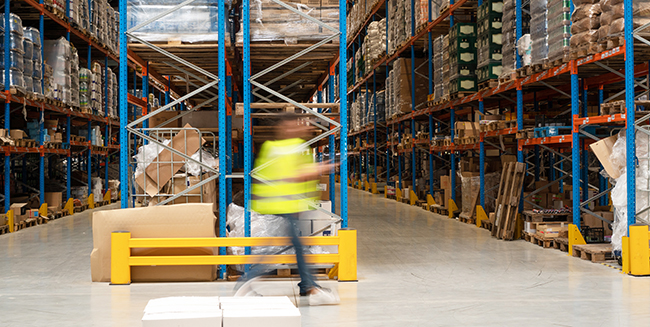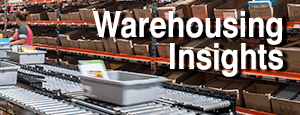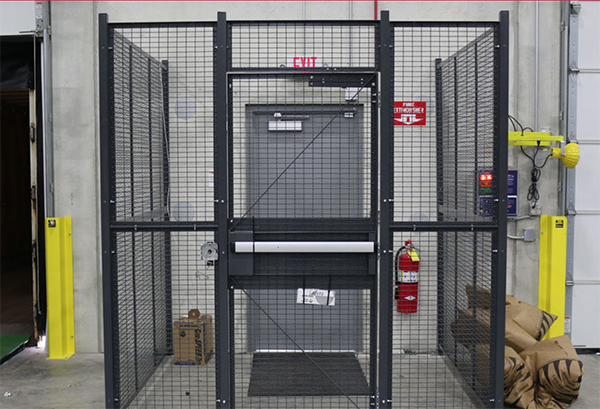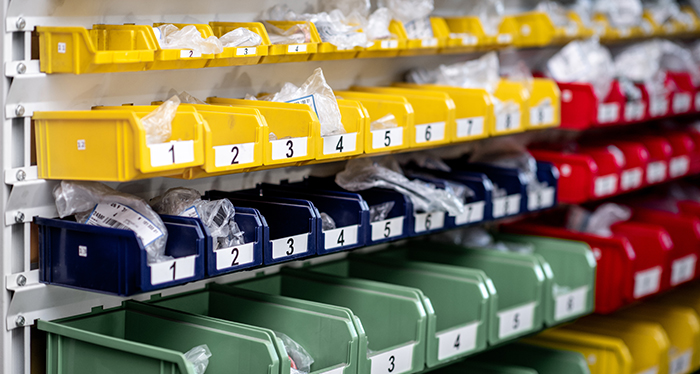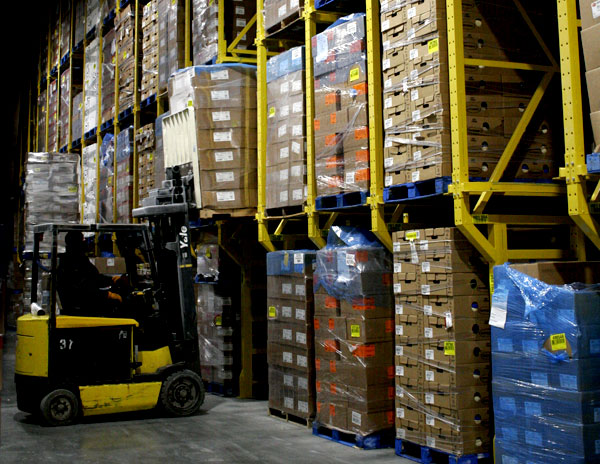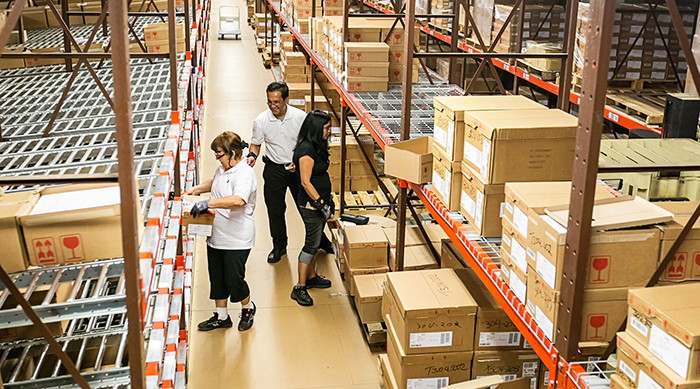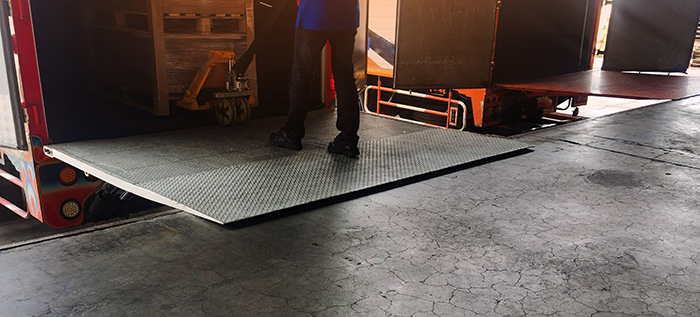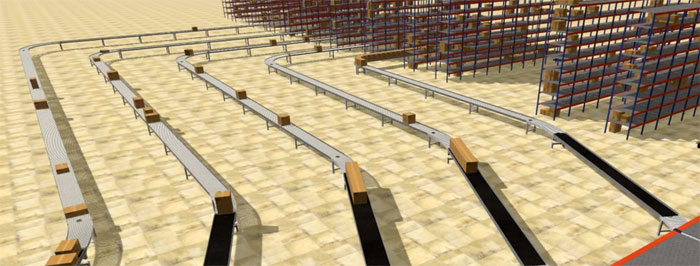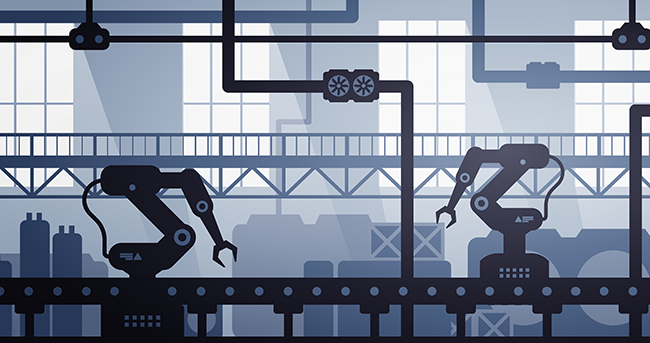
Automation can work wonders. It reduces costs, increases throughput, curbs errors and increases safety. The costs of automation are declining while the effectiveness of computer, vision and scanning systems are improving. Automation helps you reduce repetitive actions — the kind that adds no value. The common perception is that automated facilities are dark, free of people and full of robots, but the reality is that automation comes in many forms, ranging from picking systems like pick-to-light to automated conveyors to goods-to-person systems and much more.
For all these benefits, you want to understand the potential problems with any automation project in advance so you can avoid them as you move forward.
Read the rest of this entry »
